Lower Veneers
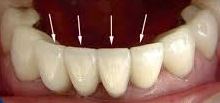
Veneers are thin pads placed on teeth that fall into the line of a smile.
Veneers are used to restore the aesthetics of the front teeth of the upper and lower jaws.
Fundamentally, veneers on the lower teeth are no different from plates intended for installation on the teeth of the upper jaw.
For the manufacture of vinyl linings, the same technologies and materials are used.
The choice of material for the manufacture of veneer depends on various factors that must be discussed together with the dentist, since only he can more accurately determine which type of lining is suitable for a particular case.
Materials
Veneers on the teeth of the lower jaw can be made of:
- Composite (filling) material with reflective properties. Currently, composite materials for the manufacture of veneers are rarely used, since the aesthetic properties of such veneers leave much to be desired, and the service life is very short. Composite veneers are made directly in the patient's oral cavity.
- Ceramics, which are characterized by high strength and maximum resemblance to natural teeth. Most often, porcelain or zirconia is used for the manufacture of linings. The production of veneers is carried out in the dental laboratory only after taking the casts.
Technology
There are two ways to make ceramic veneers on lower teeth:
- Layering ceramic mass on the frame with subsequent firing.
- The simultaneous production of vinyl linings at high temperature and high pressure.
Veneer plates on the lower teeth made in the second way are most durable, which affects the duration of their service life.
Zirconium veneers - pads made on the basis of zirconium dioxide. On top of the zirconium frame is coated with phosphorus.
Installation of veneers made of composite material resembles restoration, in which, after grinding the enamel of the tooth, reflective filling material is applied to it.
Installation steps
The installation of veneer linings on the lower teeth is no different from the installation on the teeth of the upper jaw.
The installation procedure is as follows:
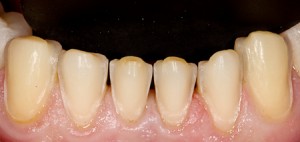
- The color of the future veneer is selected.
- The tooth is turned to the required depth, which depends on what material the structure will be made of.
- Taking casts for sending to the dental laboratory, which will be used to produce the tooth pad.
- The finished veneer, using special glue, is fixed on the prepared tooth surface.
Indications
Correction of defects in the lower teeth has a number of indications and is possible in the following cases:
- In the presence of enamel defects caused by erosion, fluorosis or demineralization.
- Change in tooth enamel color as a result of staining with drugs.
- Hide old fillings if necessary.
- In the presence of irregular shape and position of the teeth, increased abrasion of enamel.
- In case of darkening of the tooth.
- The presence of gaps between the teeth.
Contraindications
- The presence of dental caries requiring restoration.
- Inflammatory gum disease.
- With severe destruction of tooth enamel.
- With bruxism, it is strongly not recommended to cover the teeth with veneers.
Cost
Depending on the status of the clinic, material and clinical case, the cost of veneers may vary.
Installing direct veneers is suitable for patients with any income.
The prices of such linings range from from 2.5 thousand up to 15 thousand rubles.
The cost of indirect veneers is an order of magnitude higher and amounts to from 15 thousand up to 50 thousand rubles.
The cost of installation usually includes the following types of services:
- Diagnostics.
- Anesthesia
- Taking casts.
- Production of temporary crowns.
- Cost of materials.
- The manufacturing technology of the lining.
An important role in the formation of prices is taken by the level of qualification of the dentist and the severity of the clinical case.
Before and after photos
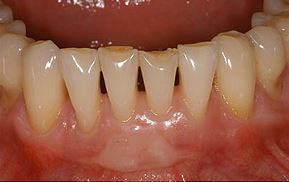 |
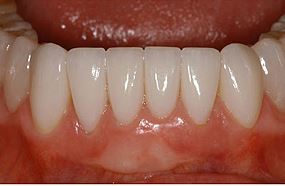 |
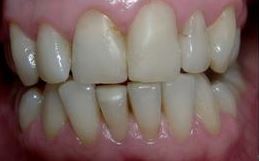 |
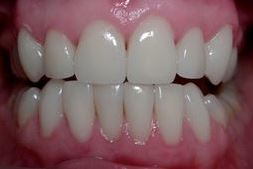 |
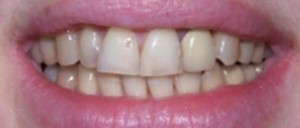 |
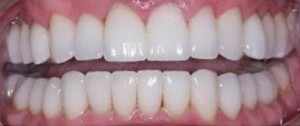 |